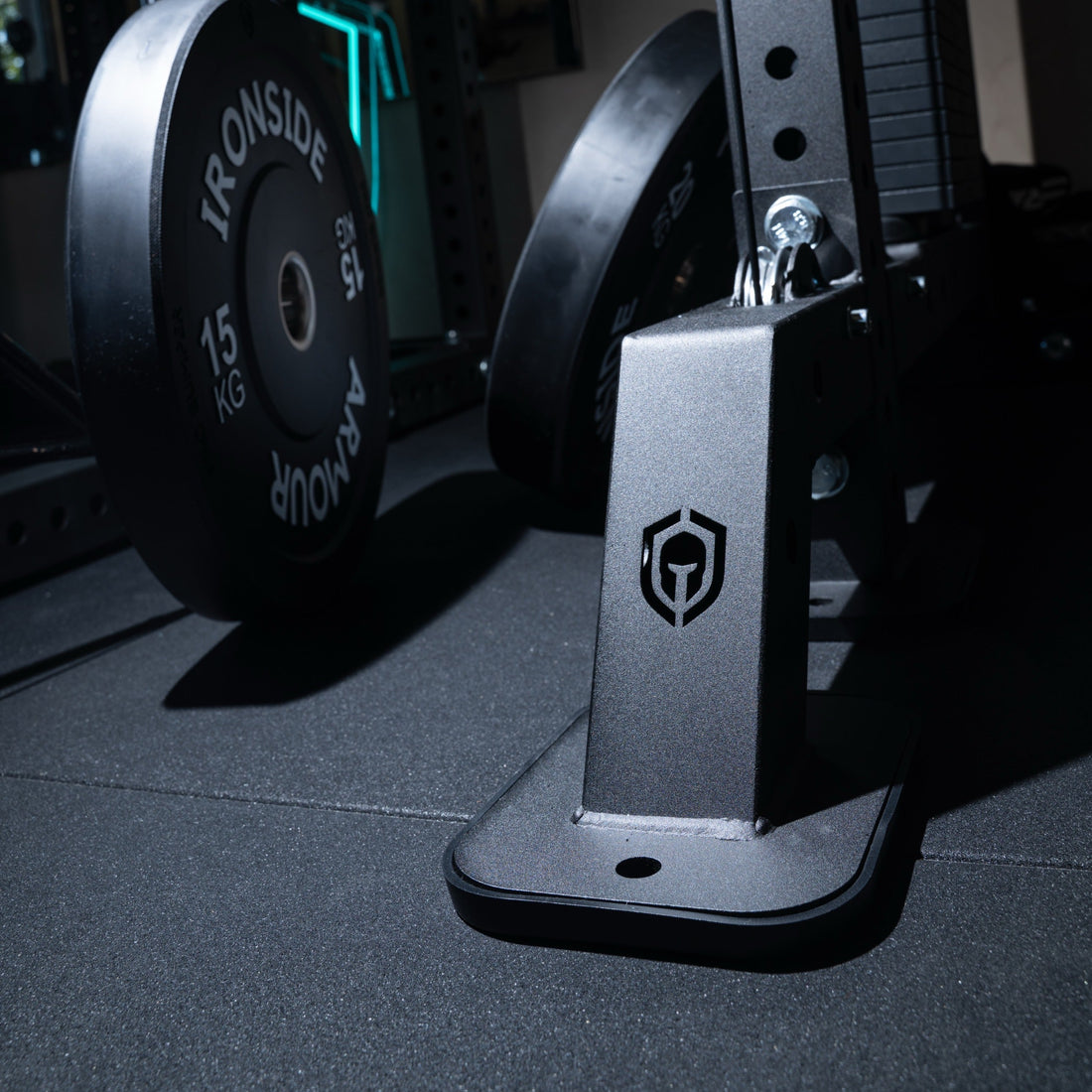
WHICH FLOOR TO CHOOSE FOR THE GYM
Ironside ArmourShare
Flooring is a crucial choice in creating the ideal workout environment, as it affects everything from safety and durability to ease of maintenance.
While there are various materials to choose from, rubber remains the best choice for both home gyms and commercial spaces due to its exceptional performance., but it is good to know that within rubber flooring, we will find different types, each with unique benefits depending on your specific needs.
Interlocking Tiles and Rolled Flooring
Interlocking tiles are designed for versatility and convenience. These tiles, often made of rubber or foam, snap together like puzzle pieces, allowing for easy installation without the need for adhesives. This makes them an excellent choice for home gyms or facilities that may need to re-layout or move in the future.
The modular nature of interlocking tiles allows you to customize the size and shape of the floor area to suit any space. They are also easy to replace if a tile becomes damaged: simply remove the old one and replace it with a new one. However, the seams between tiles can sometimes collect dirt or moisture and, depending on the thickness and material, may not offer the same level of durability as roll flooring.
Rolled flooring, typically made of heavy rubber, offers a seamless look that is both durable and aesthetically pleasing. Unlike interlocking tiles, roll flooring covers large areas with fewer joints, reducing the chances of dirt and moisture accumulation. This makes it a great option for commercial gyms or high-traffic areas where cleanliness and longevity are a priority.
Rolled flooring can be more labor intensive to install than interlocking tiles, as adhesive may be required for a secure fit. However, once installed, roll flooring provides a stable, continuous surface that is ideal for heavy lifting, high-impact activities, and even heavy cardio equipment. Its durability is unmatched, standing up to wear and tear over time, making it a long-term investment for serious gym environments.
The choice between interlocking tiles and roll flooring ultimately depends on your specific needs. If you value flexibility, ease of installation, and the ability to easily replace sections, interlocking tiles may be the right choice for you.
On the other hand, if you are looking for a seamless, durable surface that can withstand heavy use and offer long-term reliability, roll flooring may be the best option.
Why Rubber is the Best Flooring for Gyms
Rubber flooring is incredibly durable, designed to absorb the impact of heavy weights, protect floors, and reduce noise. Plus, it’s easy to clean and maintain, ensuring your gym stays hygienic and welcoming. Plus, rubber is protective and absorbent, so it won’t lose its shape over time.
Here are 10 reasons why rubber is the best flooring for gyms:
1. Durability: Rubber flooring withstands heavy weights and high impact activities without damage, ensuring it lasts for years.
2. Shock Absorption: Cushions impact, protecting floors and equipment from damage, crucial for high intensity workouts.
3. Noise Reduction: Rubber significantly reduces the noise of dropped weights, creating a quieter, more pleasant environment for everyone.
4. Slip Resistance: The non-slip surface of the rubber flooring reduces the risk of injury, making it safer for all types of exercise.
5. Low Maintenance: Rubber flooring is easy to clean and maintain, helping you keep your gym sanitary with minimal effort.
6. Versatility: Suitable for a wide range of workouts, from weight lifting to cardio, rubber flooring adapts to different exercise needs.
7. Comfort: Rubber provides a comfortable surface for floor exercises, cushioning your joints.
8. Aesthetics: Available in a variety of colors and designs, rubber flooring can match the look of your gym, enhancing its overall appeal.
9. Eco-Friendly: Often made from recycled materials (especially recycled tile flooring), rubber flooring is a sustainable choice for eco-conscious gym owners.
10. Cost-effective: With its long life, rubber flooring offers excellent value for money over time, making it a smart investment for any gym.
The best rubber flooring for gyms
Among the many options available, our ultra-fine rubber tiles stand out as a superior choice for gym flooring.

This seamless high density flooring is perfect for commercial gyms. Available in a range of thickness options (10mm, 20mm, 30mm), you can choose the right level of support for your needs. The 1m x 1m rolls efficiently cover large areas, making installation easy. The durable material is designed to withstand everyday wear and tear, making it ideal for heavy lifting and intense workouts in even the busiest gyms.
Types of flooring to avoid
While rubber is the best for gyms, there are other types of flooring that are commonly used but have significant drawbacks. Avoid them.
• Rugs: Rugs seem like a soft, comfortable option, but they lack the durability and support needed for gym activities. They can absorb sweat, causing unpleasant odors and potential mold growth.
• Vinyl: Vinyl flooring is easy to clean and inexpensive, but it is not as durable as rubber. It can wear out quickly under heavy use and does not provide the same protection for equipment or joints.
• Wood: While wood is aesthetically pleasing and generally durable, it is not ideal for a gym. It can be slippery, and heavy weights can cause dents or scratches. It also lacks the shock absorption needed for high-impact exercises.
Why the right flooring is important
Don't overlook it. A proper gym floor is important for several reasons:
• Safety: A good floor reduces the risk of injury by providing a stable, non-slip surface that can absorb shocks and impacts.
• Equipment Protection: Quality flooring helps protect your equipment from damage, especially with heavy weights or machines.
• Floor Protection: The gym floor prevents damage to the floor underneath, whether concrete, wood or tile, by distributing weight and impact evenly.
• Noise Reduction: Rubber flooring is excellent at dampening noise, making the workout space quieter and more comfortable for everyone.
What is the ideal thickness for gym flooring?
The ideal thickness depends on your training needs:
• 10mm: Suitable for home gyms where heavy weights are not frequently dropped. This thickness offers a good balance between comfort and protection.
• 20mm: Ideal for home or commercial gyms where weights may occasionally fall. Offers additional protection for your floor and equipment.
• 30mm: Perfect for commercial gyms or spaces where Olympic lifting or high impact exercises are common. This thickness offers maximum shock absorption, making it ideal for areas where weights are regularly dropped.

